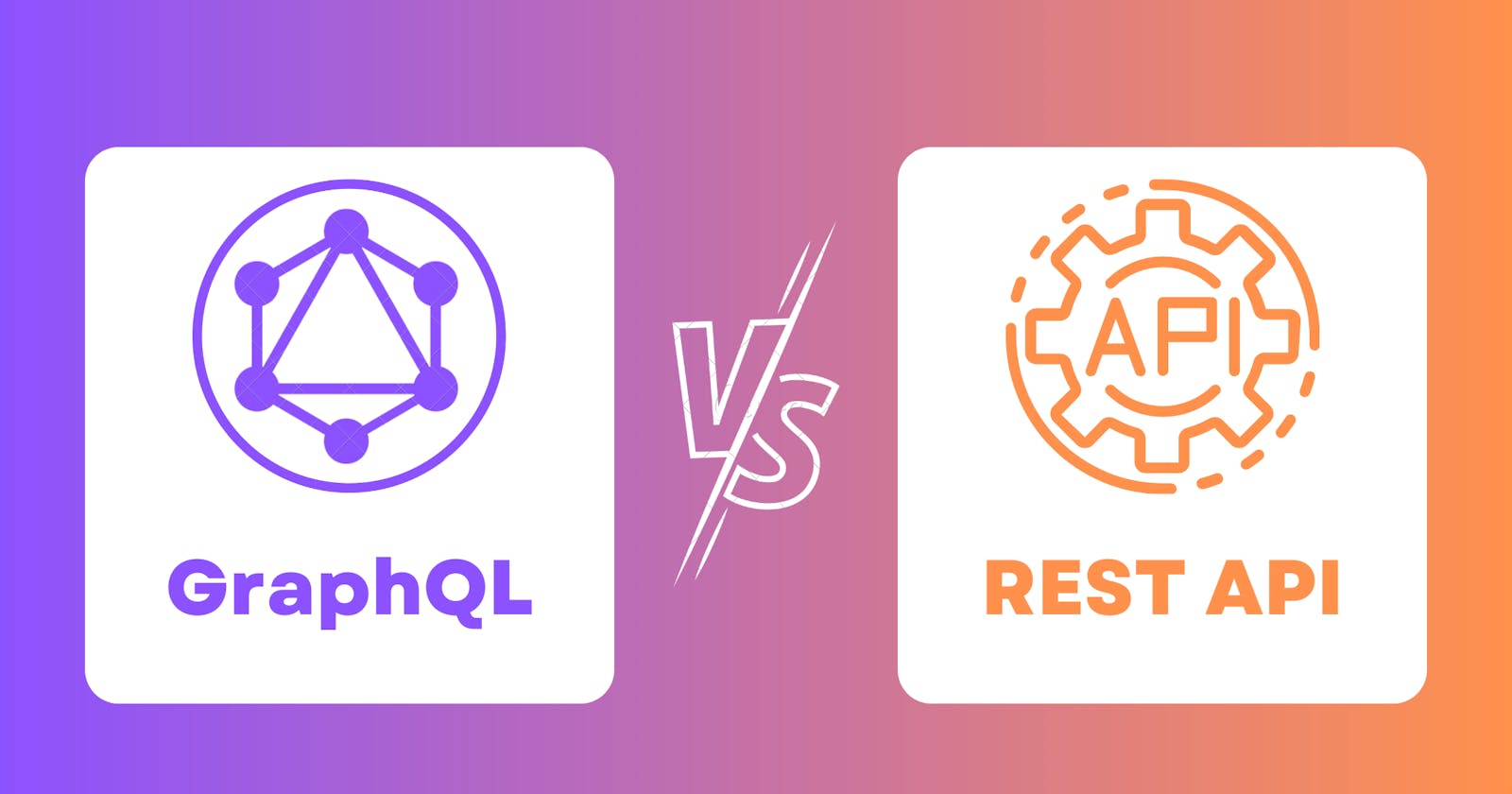REST API vs GraphQL API: A Comparison with Example Code in React
REST API vs GraphQL
Introduction
When it comes to building APIs, developers have traditionally relied on REST (Representational State Transfer) as the standard approach. However, in recent years, GraphQL has gained popularity due to its flexibility and efficiency. In this article, we'll compare REST and GraphQL APIs, explore their differences, and provide example code in React to illustrate their implementation.
Understanding REST APIs:
REST APIs are based on the principles of using standard HTTP methods (GET, POST, PUT, DELETE) to communicate between clients and servers. REST APIs expose resources through specific endpoints (URLs) that clients can interact with.
Let's look at an example of fetching user data from a REST API in a React application:
import React, { useEffect, useState } from 'react';
const UserComponent = () => {
const [user, setUser] = useState(null);
useEffect(() => {
fetch('/api/users/1')
.then((response) => response.json())
.then((data) => setUser(data));
}, []);
return (
<div>
{user ? (
<div>
<h1>{user.name}</h1>
<p>{user.email}</p>
</div>
) : (
<p>Loading user data...</p>
)}
</div>
);
};
export default UserComponent;
In this example, the React component fetches user data from the REST API endpoint /api/users/1 and updates the component's state with the retrieved data.
Understanding GraphQL APIs:
GraphQL is a query language for APIs that provides a more flexible and efficient way to retrieve and manipulate data. Instead of relying on multiple REST endpoints, GraphQL allows clients to specify the exact data they need in a single request.
Let's see how the same user data can be fetched using GraphQL in React:
import React from 'react';
import { useQuery, gql } from '@apollo/client';
const GET_USER = gql`
query GetUser($userId: ID!) {
user(id: $userId) {
name
email
}
}
`;
const UserComponent = () => {
const { loading, error, data } = useQuery(GET_USER, {
variables: { userId: '1' },
});
if (loading) return <p>Loading user data...</p>;
if (error) return <p>Error occurred while fetching user data.</p>;
const { user } = data;
return (
<div>
<h1>{user.name}</h1>
<p>{user.email}</p>
</div>
);
};
export default UserComponent;
In this example, the React component uses the Apollo Client library to make a GraphQL query to fetch user data. The useQuery hook manages the loading state and provides access to the fetched data.
Comparison and Considerations:
Data Fetching: GraphQL allows clients to request only the required data, reducing over-fetching and under-fetching issues compared to REST.
Network Requests: REST often requires multiple requests to fetch related resources, whereas GraphQL enables fetching all required data in a single request.
Tooling and Ecosystem: REST has a mature ecosystem and widespread support, while GraphQL is gaining popularity and has its own set of tools and libraries.
Conclusion:
REST APIs have been the go-to choice for many developers, while GraphQL provides a more flexible and efficient alternative. When deciding between REST and GraphQL, consider factors such as data requirements, network efficiency, and the ecosystem.
